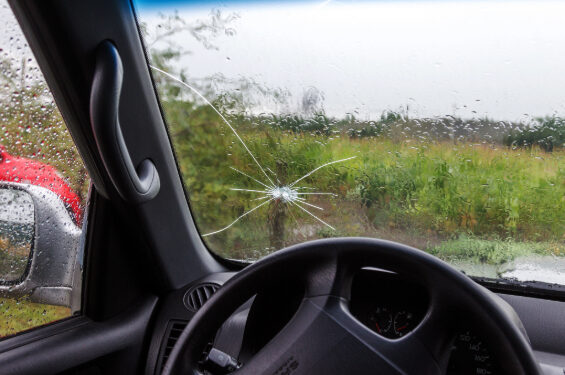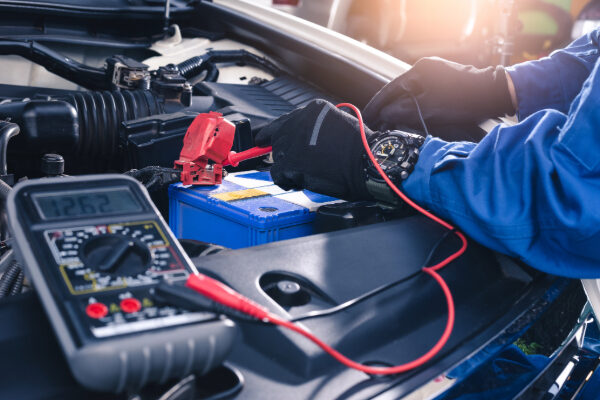
New tires are an inevitable expense, but telling when it’s time to get new tires may not be widespread knowledge to all drivers. Conflicting information from friends and family, from what you read online, etc. may make diagnosing your tire situation a dubious task.
Here are the five telltale signs you should check to determine if you need new tires.
1. Low tire tread depth
To test tire tread depth insert a quarter upside down into the tread. If it doesn’t cover George Washington’s hairline, it means the tread is less than 4/32 of an inch deep, and it’s about time to bite the bullet and get new tires. In many states, just 2/32 of an inch is considered the minimum legal tread depth. However, more tread is safer.
Tests conducted showed a car going 70 miles per hour with tread of 2/32 of an inch took 5.9 seconds to stop and required a distance nearly double that of a vehicle with new tires. Meanwhile, with treads that were 4/32 of an inch, while it still took 100 feet more to stop and 1.2 seconds longer, this was much better than what was achieved with the minimal 2/32 of an inch tread.
2. Tires are old
No matter how rock-solid the tires were when you first purchased them, time leaves its mark. With age, rubber becomes brittle. In addition, the tire’s reinforcing cords can weaken over time. It’s important to know how often to replace your tires. Even if the tread appears intact, most manufacturers advise you to replace your tires after six years.
If you look at the side of the tire, you’ll see the manufacturer’s code. The last four numbers here indicate the production date. If this is 3009, for example, it means that the tire was produced in the 30th week of 2009 and it may be time to get new tires. In more severe climates where you may routinely deal with extreme heat, the ultraviolet rays of the sun may impart structural changes in your tires. This may mean that you will have to make the change sooner.
3. Tire sidewall cracking
Look beyond the tread to the sidewall of the tires. Are there any noticeable cuts or grooves? If so, you may be wise to purchase new tires, since these can be signs that a leak is developing or that the tire is weakening and may soon blowout.
4. Bulge in tire sidewall
If the tire has begun to weaken, sometimes the rubber may begin to bulge. This is a red flag, indicating that the tire has begun to fail and may unexpectedly blow out at any time, putting you and your passengers in jeopardy.
5. Vibrations while driving
Has the ride recently seemed very rough or have you noticed vibrations while driving? If so, this can be a sign that your tires are indeed shot, and it’s time to put aside your skepticism and get new ones.
While these tips will help drivers determine if they need new tires, the best bet is always to take them in to see a professional at a local tire or auto shop for an expert opinion. Be prepared for a flat tire, find out how to fix a flat tire and make sure your car insurance provider offers roadside assistance.



